Member of the Month October 2020 Genaro Molina
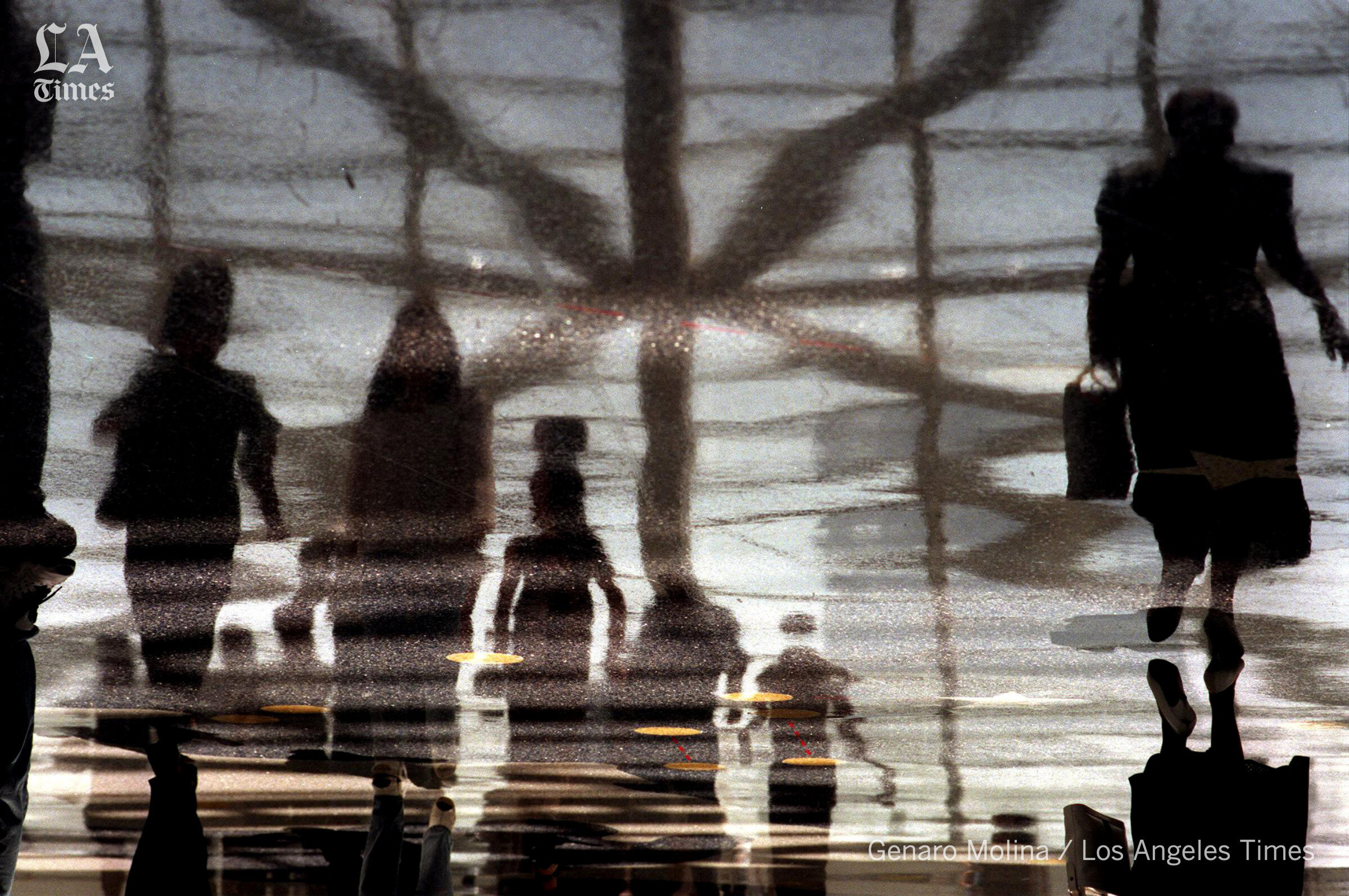
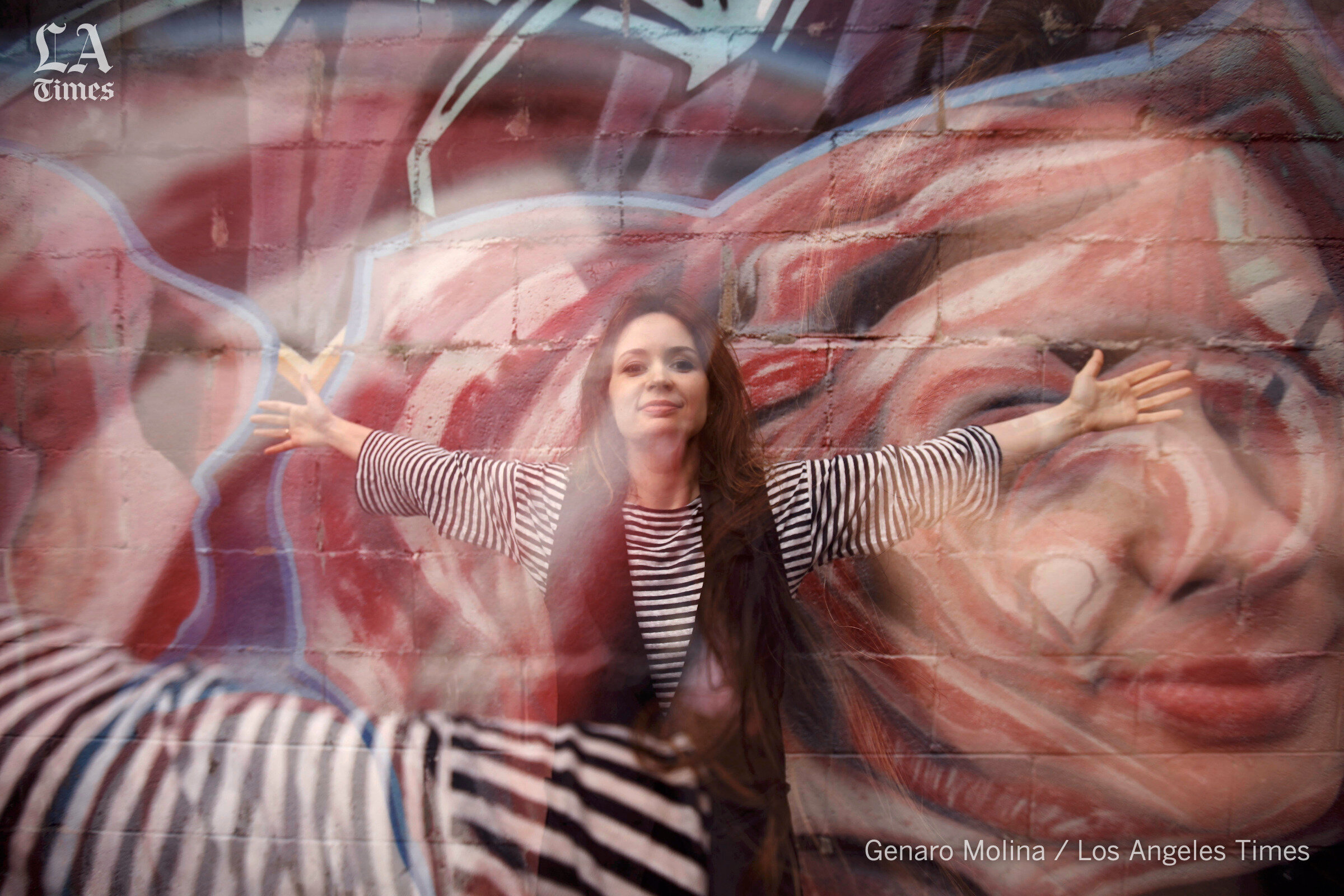
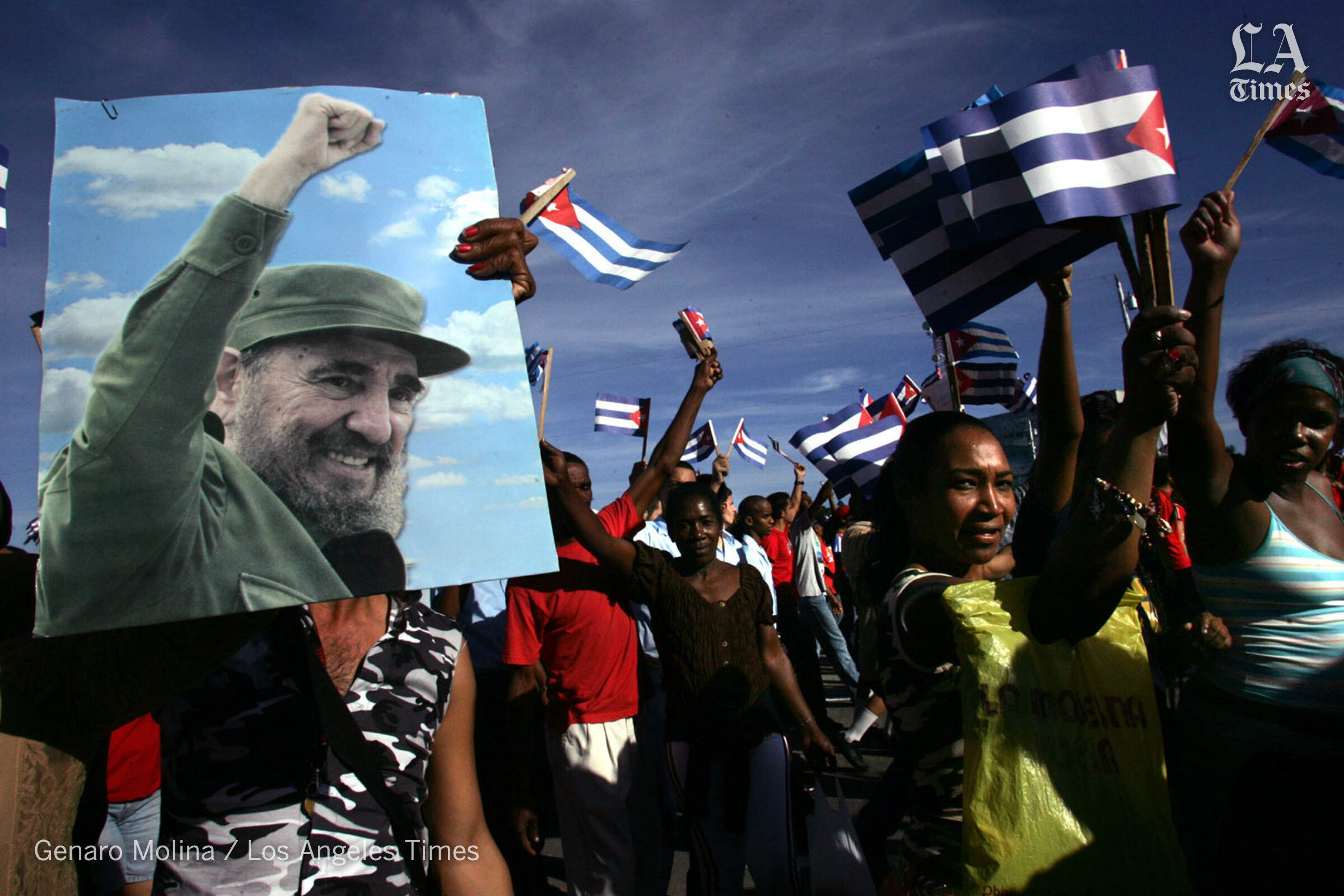
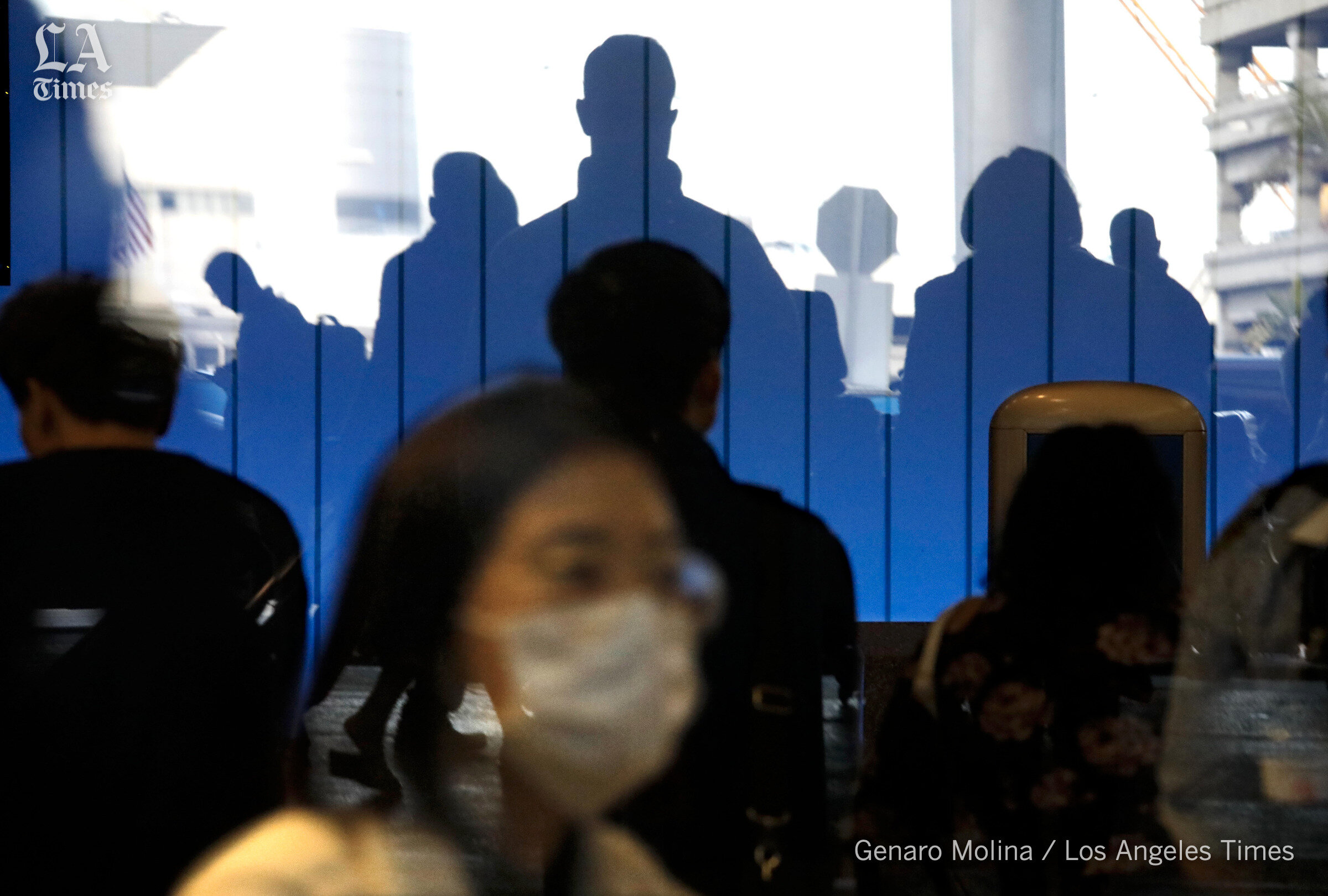
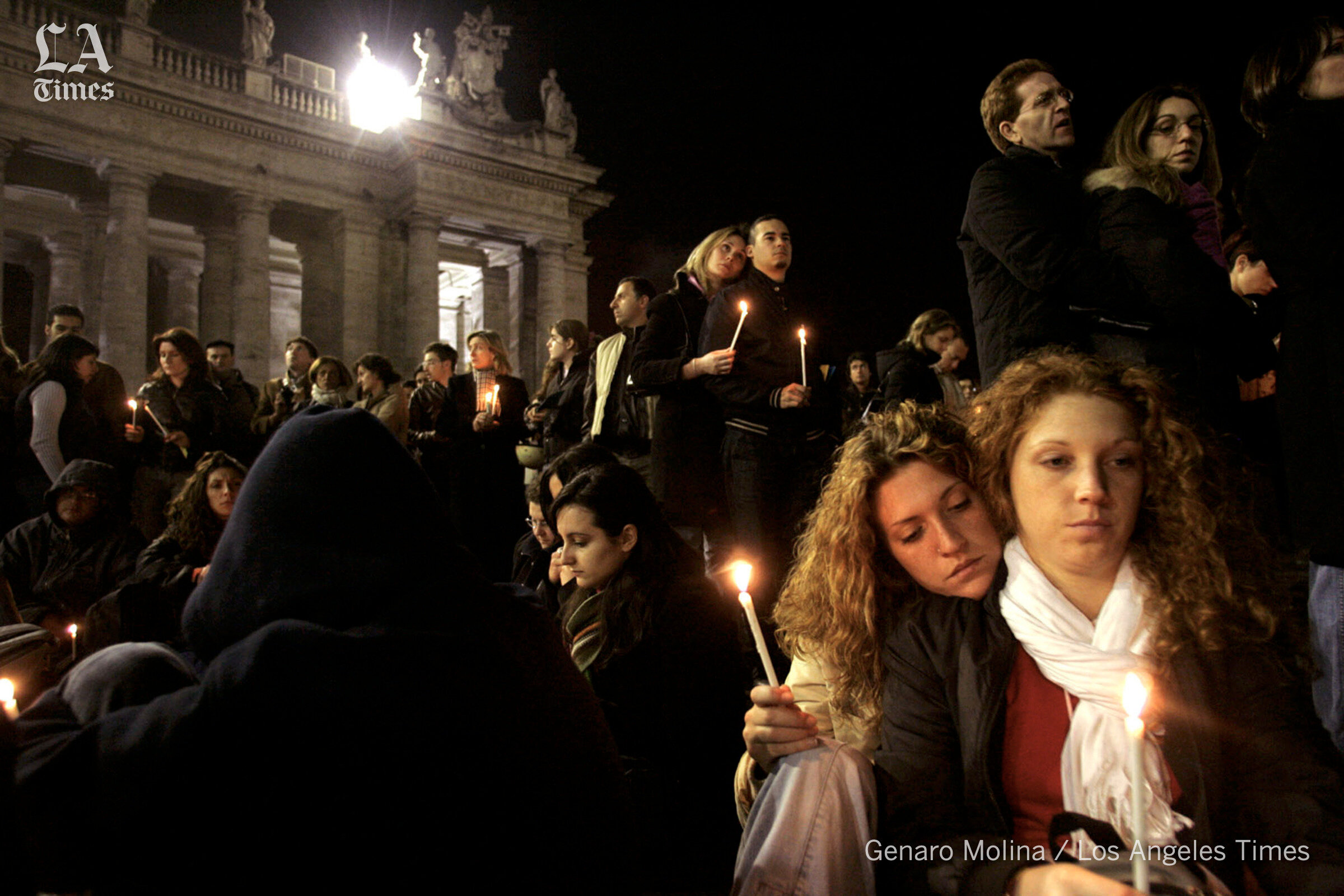
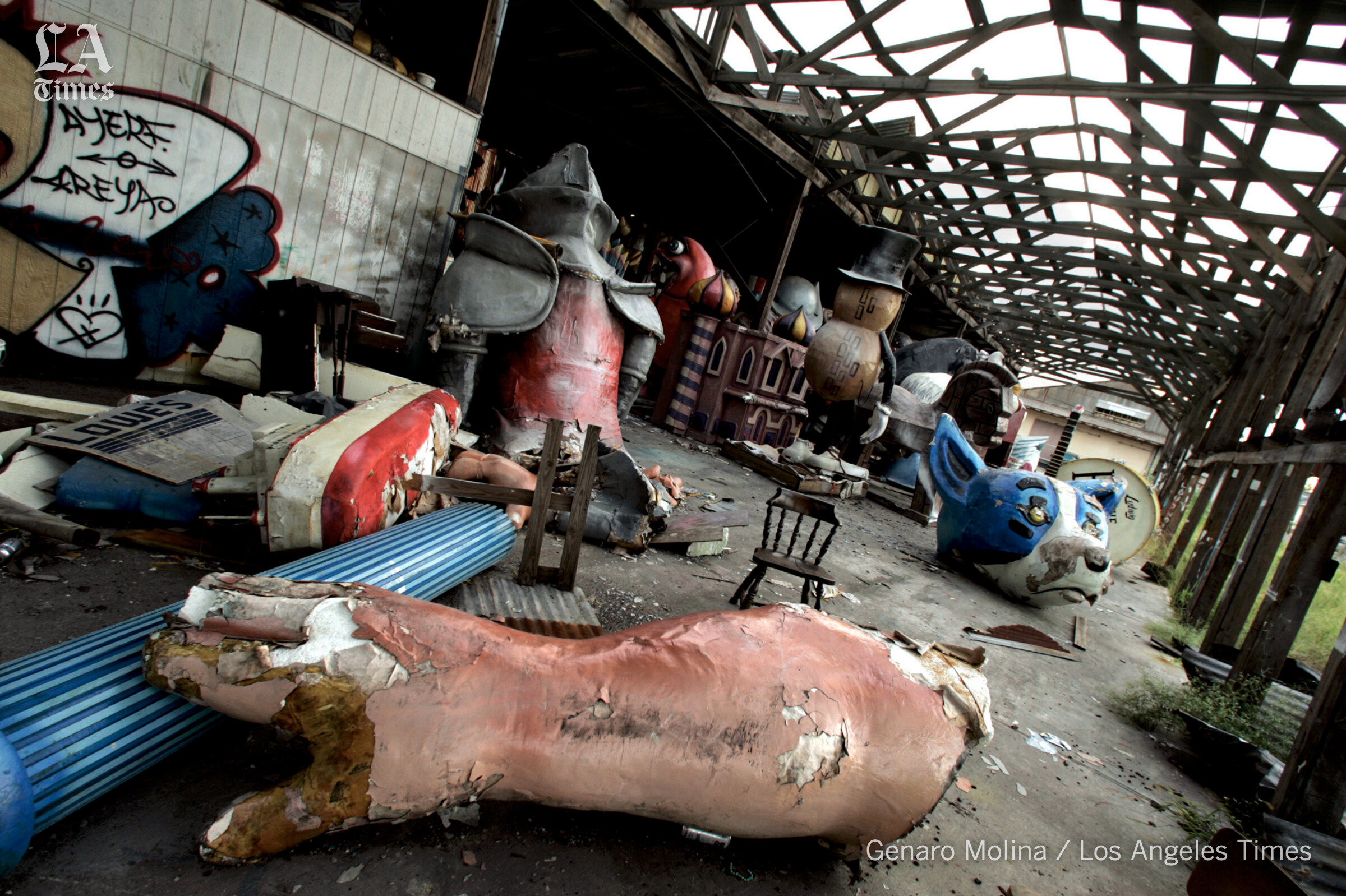
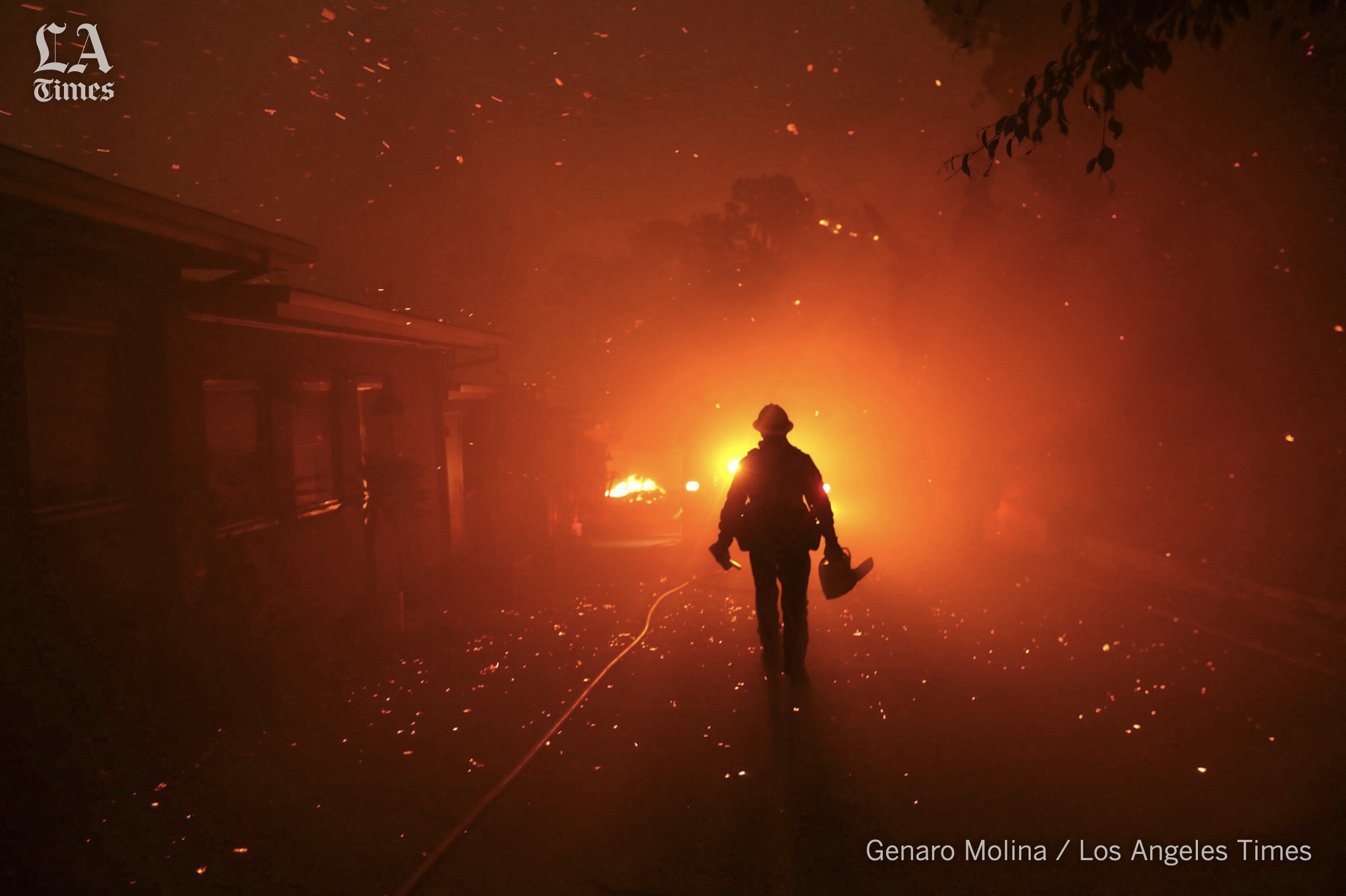
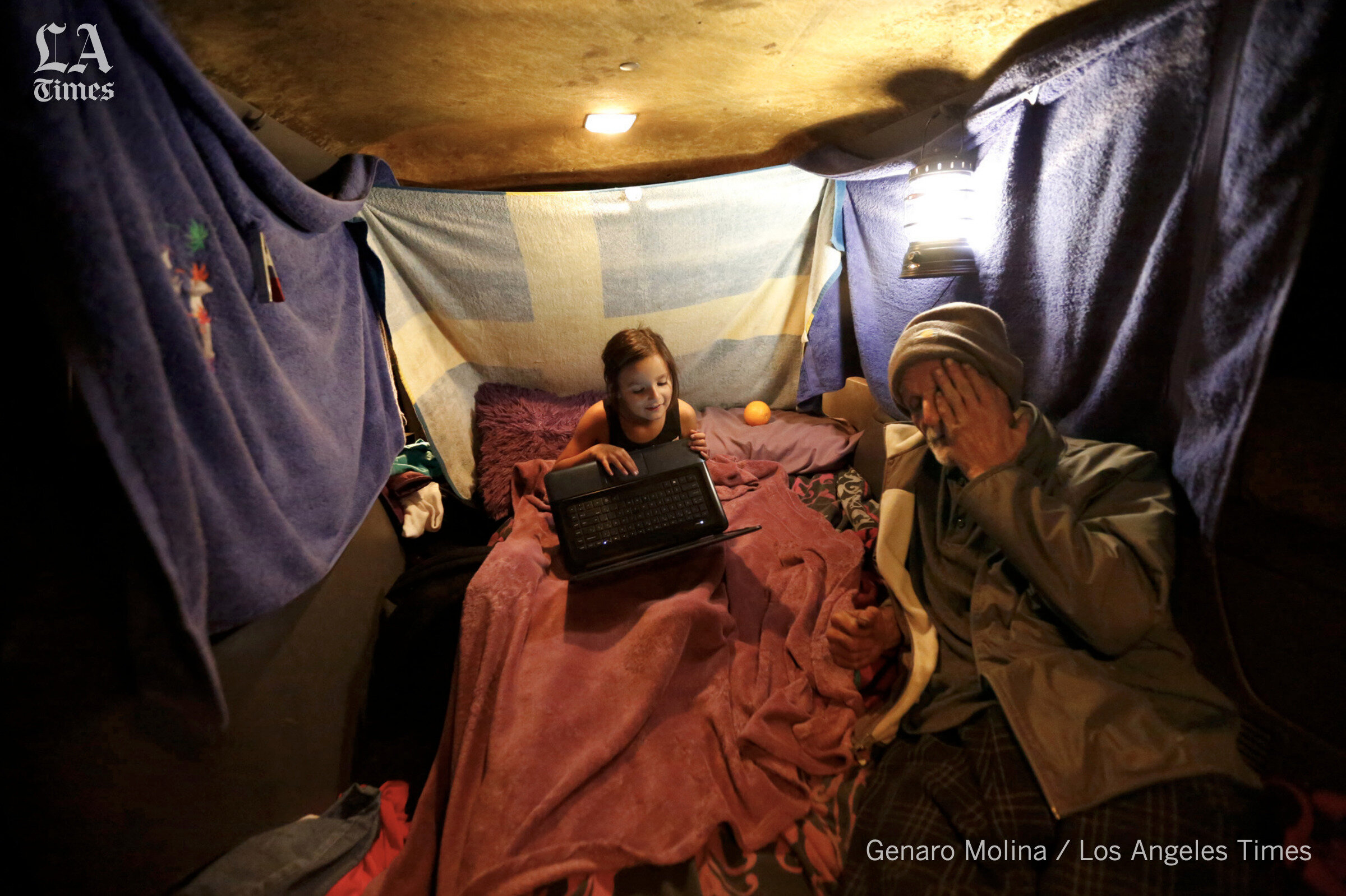
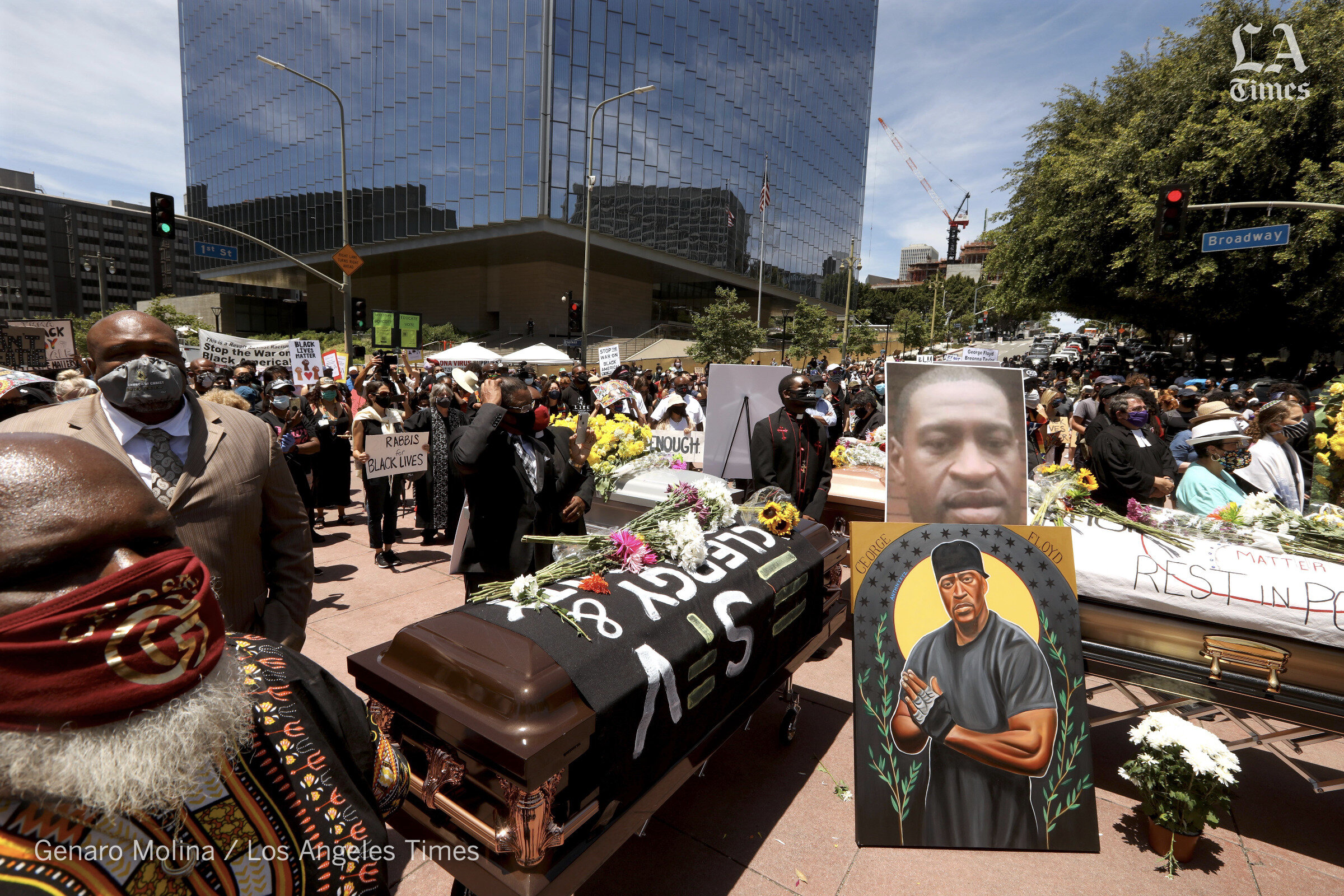
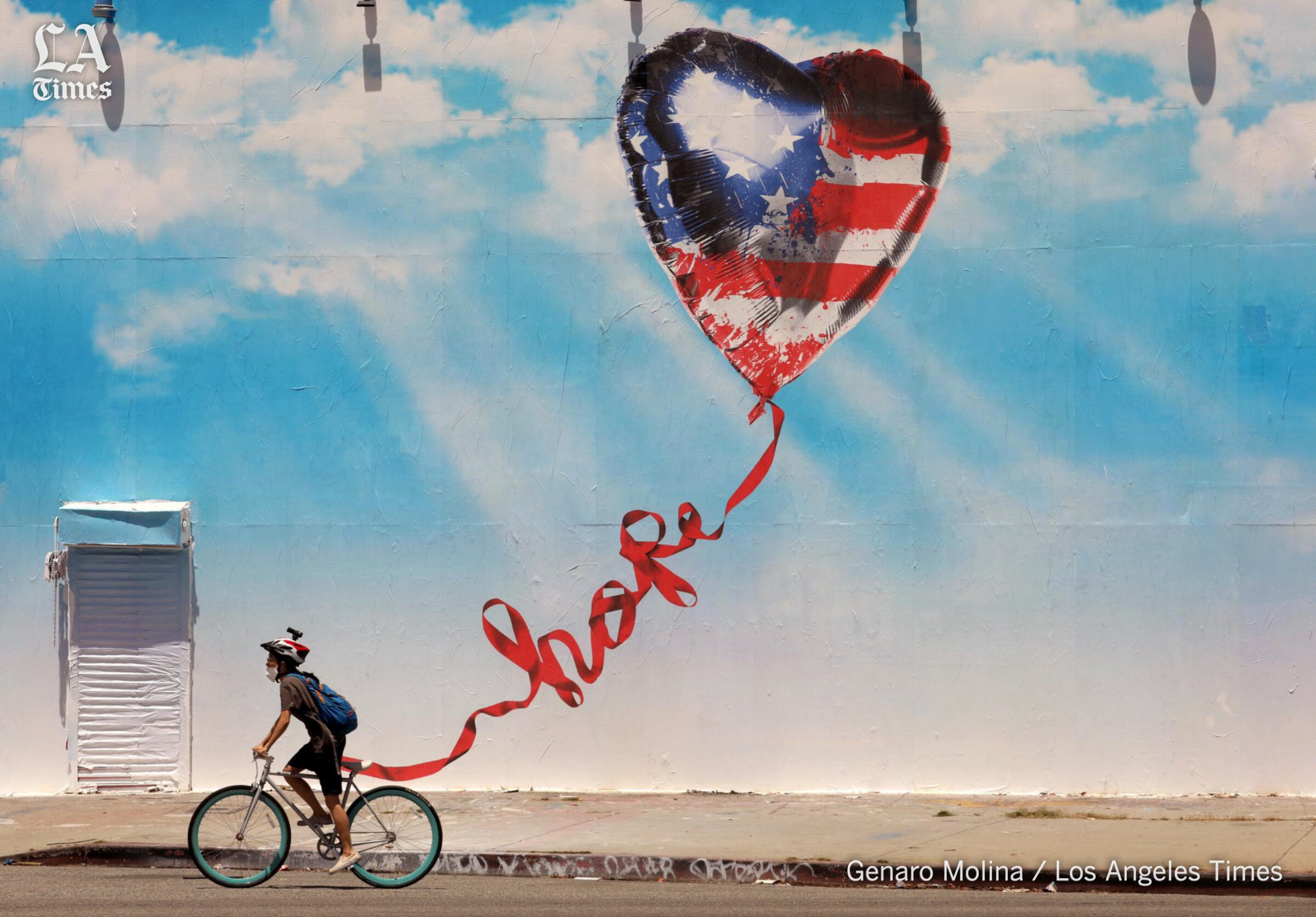
What is your current position and who is your employer?
My current position at the LA Times is, “staff photographer.” When I was interviewed at the Times I was asked, “What do you want to cover for the paper?” “Los Angeles,” I replied. “I want to be part of the great experiment.” “You’re the first person we interviewed that said they wanted to cover Los Angeles,” said Larry Armstrong, the director of photography. There’s so much amazing diversity in our community and the city really lends itself to great imagery. In Los Angeles, I believe if you stand in one place long enough the world comes to you. And I’ve been privileged to document it for the past 25 years.
When did you become a PPAGLA member?
I became a member with PPAGLA a few years ago. Mea culpa for taking so long to become a member. When I first started at the Times in 1995 L.A. Times photographer Rick Meyer, PPAGLA royalty, taped a PPAGLA membership form to my locker. It remained there for years and was kind of a running joke between Rick and me. At Rick’s retirement party he bestowed upon me a certificate that read, “Genaro Molina, Doctor of Light.” I cherish that more than all my certificates and awards. My friend and colleague, L.A. Times Photo Department Manager Robbin Goddard, took up the baton from Rick and I finally filled out the form to become a member.
How long have you been a photojournalist and how did you get started?
I’ve been working in journalism for close to 40 years now. My love of journalism began when I was 5 years old and my great grandfather and I would read the San Francisco Chronicle and S.F. Examiner together. He used to say, “If there’s anything you do in the morning, read the newspaper. You can talk to anyone about anything.” It’s still the first thing I do in the morning. My father was also a great influence. When I took a class in photography in high school my father, an amateur photographer and a printer, would coach me along the way. We would go out and take photos at night, the only time available to him after work.
In the early 80s I got a job as a copy person for the San Francisco Chronicle while attending San Francisco State University. I slowly worked my way up to other positions at The Chronicle but the photo department was my ultimate goal. The Director of Photography wasn’t convinced of my ability at the time. I went on to win the Greg Robinson Award for Most Promising Bay Area College Photographer, and later, California College Photographer of the Year. I made an appointment to see the managing editor of the Chronicle and he examined my portfolio. I told him of all the positions I held at the paper and how I could be an asset in the photo department. He finished looking over my portfolio without ever saying a word, picked up the phone and dialed the director of photography. “Hello Gordon, Bill German here. I have this kid Genaro Molina in my office. I want him in photo starting Monday.” And the rest is history. When someone tells you, “No,” the challenge is to convince them to say, “Yes.”
Please share some career highlights:
Photojournalism has not only enriched my life but has allowed me to see history firsthand, to travel to foreign places, document societal ills and capture the highs and lows of daily life. When working at The Sacramento Bee, they had a huge budget at the time and any story you would pitch they would let you work on it. I covered the AIDS epidemic in Eastern and Central Africa in the 80s; the environmental damage caused by the Exxon Valdez oil spill in Alaska; the misuse of pesticides on farmworkers in Culiacan, Mexico; Guatemalan refugees living on the border of Mexico; the life of Pope John Paul II at the Vatican before his trip to the U.S. and a year-long essay on the plight of migrant farm workers in California. That photo essay was included in two shows at the Smithsonian Institute.
The Los Angeles Times has allowed me to continue this journey. I’ve covered the Oklahoma city bombing; the end of the war in Bosnia; Cuba after Castro; the death of Pope John Paul II, an 18-month photo essay on elderly homeless in Los Angeles and a two-year project following the lives of the recently housed homeless in a new program called, “Project 50.” Another long-term photo essay I worked on featured a three-generation Latino family living under one roof in the Boyle Heights, my homage to the book, “The Sweet Flypaper of Life.” I covered Hurricane Katrina in New Orleans and continued to document the aftermath of the disaster for the following 2 years. My final photo essay in New Orleans featured elderly people who were still reeling from the ramifications of Hurricane Katrina coming up on the second anniversary of the disaster. It was nominated for the Pulitzer Prize.
What advice do you have for students and those hoping to become photojournalists?
I would tell them to meditate on where they would like to be in ten years. Come up with a game plan. Find the newspapers and magazines that are still offering internships. Select a few, find a point editor, and start sending them your work religiously. The L.A. Times still has the Metpro training program for aspiring journalists. http://www.metpronews.com/
Enter competitions like College Photography of the Year and other contests to help promote yourself. Start contacting news organizations you’d like to work for years before you graduate. Find current news outlets for displaying your photos or stories like ProPublica or Politico. Research and contact NGO’s who may be doing work that you have an interest in documenting. Research grants that could fund your projects. Never be satisfied with your work. It can always be better.
What is something you know now that you wish someone had told you when you were starting out?
The advice would be gerontological and reminds me of a Chris Smither song, “Leave the Lights On.”
“If I were young again, I’d pay attention – to that little-known dimension, a taste of endless time. It’s just like water – it runs right through our fingers. But the flavor of it lingers – like a rich red wine.”
When someone told me long ago how short life is, how I wished I had listened to that bit of advice sooner.
Live in the moment and shoot every frame as if it were your last. Keep photographing history and daily life, no matter how big or how small. It all matters. Maintain a unique perspective and be true to your personal vision.
What is your favorite part of being a PPAGLA member?
I enjoy being part of an organization that continues to celebrate and encourage great photography. That there are still so many who walk the same path in photojournalism and believe that photography can still make a difference. I’m in good company.
Click the links to connect with Genaro
Instagram: genaro4707
Twitter: GenaroMolina47
Email: genaro.molina@latimes.com
